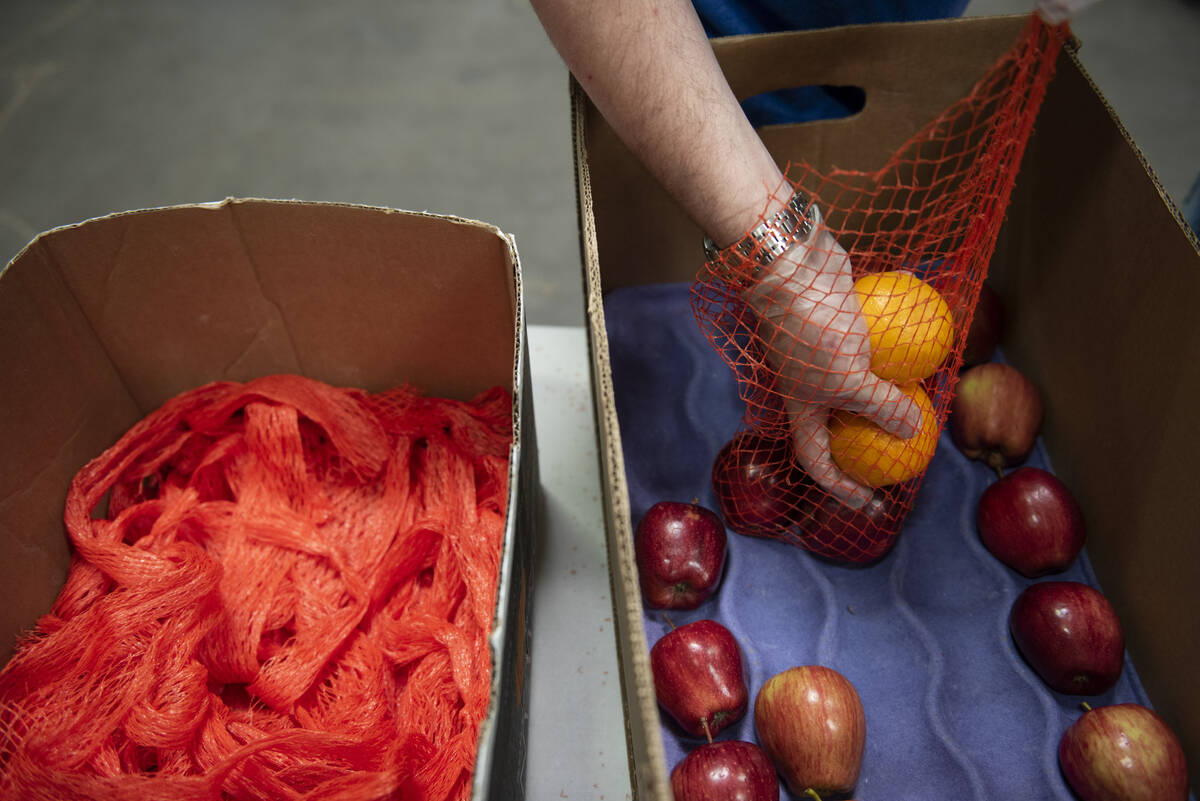What makes the holiday season special for you? You might think of your family’s traditions, such as gathering around the table, sharing a meal with loved ones and giving thanks. For many of us, these months are filled with time-honored and cherished customs that symbolize comfort and togetherness.
Yet, for 1 in 7 families in Southern Nevada, or more than 341,000 people, it evokes a starkly different reality: food insecurity and the uncertainty of where their next meal will come from. This sobering contrast makes it clear we must do more to combat hunger in the Silver State by exploring every avenue to mitigate food insecurity.
While one might expect food insecurity to be common only among those most impoverished, it’s a far more widespread problem than one might expect. The term is defined as the lack of access, at times, to enough food for an active, healthy life. To this end, studies have shown that a number of people considered to be food insecure live above the federal poverty line.
Meanwhile, approximately 50 percent of people facing insecurity exceed the income requirements for the federal Supplemental Nutrition Assistance Program program, leaving them in a gap in the social safety net that traditional assistance programs fail to address.
The problem is particularly severe in the Silver State. Recent data shows that 14.6 percent of Clark County residents face food insecurity, a metric that has sharply increased in recent years. In other, more rural areas — such as Esmeralda, Lincoln, and Nye counties — rates of food insecurity range from 13.2 percent to as high as 18.4 percent.
Unfortunately, the impact of this insecurity is particularly harsh on kids, 1 in 5 of which live in a food-insecure household. As families see the cost of living rise, driven by inflation and ongoing supply chain disruptions, they are forced to send their kids to school hungry, which no parent should ever have to go through.
To address this issue, nonprofit organizations are working to distribute as many meals as possible to those in need. At Project 150, we have partnered with the Clark County School District and several generous corporations to provide weekly family meal bags and special holiday meal boxes to tens of thousands in Southern Nevada. Amid these efforts, we’ve seen a growing need for help, bringing new urgency to our mission.
Fortunately, technological innovation is providing new hope.
As artificial intelligence continues to prove itself a valuable partner to many critical industries in Nevada, such as health care and agriculture, it has become indispensable to nonprofit organizations like ours. At Project 150, AI is essential for compiling databases, coordinating partner donors and mapping out areas of most need for successful distribution. Because of advancements in technology, specifically AI-related capabilities, we’re continuing to expand our reach and have seen a 20 percent increase in overall efficiency.
Thanks to AI, more families in Nevada will have food on their tables this holiday season. By streamlining food distribution, improving donation systems and maximizing resources, AI is changing our ability to combat food insecurity and bringing new hope to our ultimate goal of ensuring that no Nevadan goes hungry.
As we continue this fight, we urge other organizations to embrace innovative technologies such as AI to amplify their impact. At the same time, we encourage lawmakers to adopt balanced policies that support AI’s development without stifling its potential. Together, we can leverage technology to bring hope and nourishment to more families in Nevada and beyond.
Kelli Kristo is executive director of Project 150, which offers free support and services to homeless, displaced and disadvantaged high school students in the Southern Nevada.

